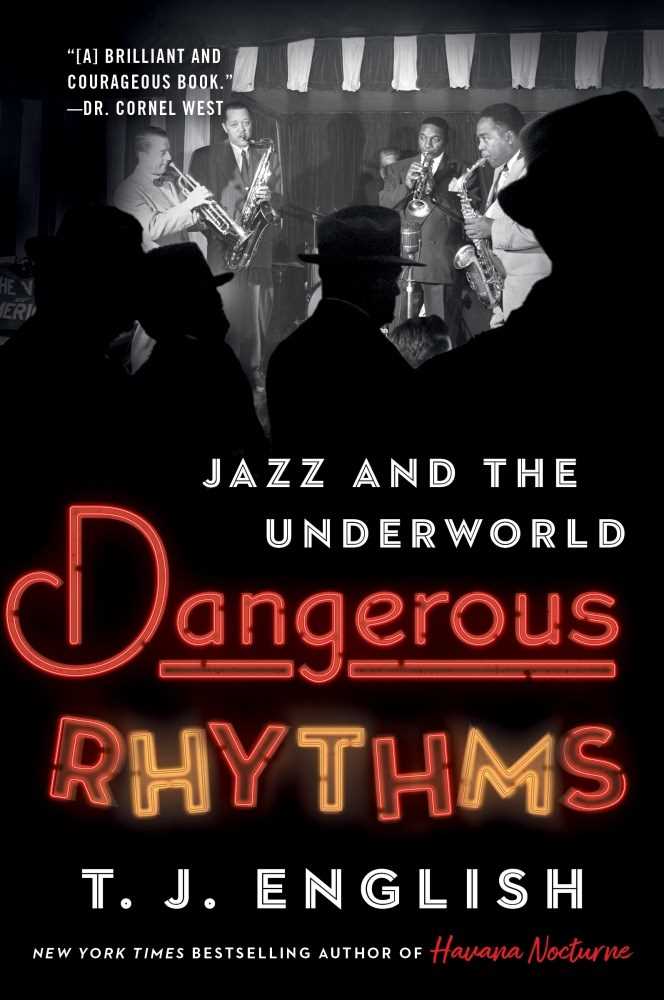
Dangerous Rhythms
By offering artists like Louis Armstrong, Earl “Fatha” Hines, Fats Waller, Duke Ellington, Billie Holiday, Lena Horne, and Ella Fitzgerald a stage, the mob, including major players Al Capone, Meyer Lansky, and Charlie “Lucky” Luciano, provided opportunities that would not otherwise have existed. Even so, at the heart of this relationship was a festering racial inequity. The musicians were mostly African American, and the clubs and means of production were owned by white men. It was a glorified plantation system that, over time, would find itself out of tune with an emerging Civil Rights movement. Some artists, including Louis Armstrong, believed they were safer and more likely to be paid fairly if they worked in “protected” joints. Others believed that playing in venues outside mob rule would make it easier to have control over their careers.
- Publisher: William Morrow Paperbacks
- Publication date: 29/08/2023
- ISBN: 9780063031425
- Page extent: 448
- Format: Paperback
- Dimensions: 204 mm x 135 mm
Other titles you may like











